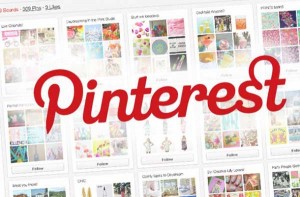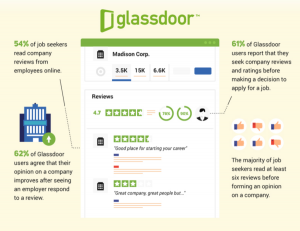Brand affinity is becoming increasingly important. Research consistently shows that consumers, particularly millennials, are 4 times more likely to purchase from a company?that is purpose-driven. Globally, 94% of consumers say it is important that the companies they engage with have a strong purpose, and 83% say companies should only earn a profit if they also deliver a positive impact.
Today’s consumers want to support companies that they feel are advancing progress on important issues, both within and outside their operational footprint. One way to communicate values alignment to your audience is by building brand affinity through your digital marketing efforts.
Read on to learn what brand affinity is, how to build it, and how you can leverage contextual advertising to create a positive association between your audience and your brand.
What is Brand Affinity
Brand affinity is a belief, held by customers, that a company is aligned with their own values. It’s an important aspect of a marketing plan because brand affinity creates an emotional connection between customers and a brand. An emotional connection then sets the stage for longer lasting brand loyalty, as well as positive customer relationships. The best way to build brand affinity is through marketing efforts, which includes digital advertising.
Why Brand Affinity is Important
Brand affinity is an important aspect of a brand’s media plan because it helps build brand advocates among the target audience of that brand. Brand advocates are consumers or clients who actively support your brand. They are likely to tell others about their experience with your brand through word of mouth, or through their own platforms, like social or email. Creating brand advocates is just one benefit of investing in brand affinity. Here are two more:
- Brand affinity strengthens customer relationships and builds loyalty.
The reality is that consumers today have endless options when looking to make a purchase. Most of them will prefer to purchase from a brand that showcases a more human, personable side. And, if that brand is aligned with the values of that consumer, they will feel good about spending their money with that brand. Customers will be less likely to sway to another brand, which results in a stronger customer relationship and lasting customer lifetime value (CLV).
- Brand affinity helps develop brand personality.
Aligning your brand with specific values helps to give your brand a distinct personality, which keeps customers interested and engaged. Creating brand personality also makes it possible for customers to relate to a brand. A customer might relate to the traits that they see conveyed, which helps create an emotional connection. And, brand personality makes your brand more memorable.
How to Get Started
To get started with building brand affinity, you need to have a strong understanding of who you are as a brand. Define your brand’s core values, and be ready to share with your audience what those values are, by taking these steps:
- Get to know your target audience.
The best way to do this is by creating customer profiles. These profiles provide factual information about the demographics and buying behaviors of your audience. A profile will include everything you need to know about a group of customers, like their location, age, life stage, buying habits, and interests.
- Communicate with your target audience.
Once you know who your target audience is, you can communicate to them effectively. Through channels like social media, email, content marketing, and programmatic campaigns, you can craft relevant messaging that engages your audience. It’s within this messaging that you can convey brand personality, and share with your audience what your brand’s core values are. This messaging captures the interest of your customers, and helps them find ways to relate to your brand.
- Create positive experiences.
Creating a positive experience for your customers is important because it will reduce churn, keep your customers engaged, and encourage them to be returning buyers. You can ensure your audience is having positive experiences by making every interaction—whether it’s in person or online— pleasant and memorable.
With these steps, you lay a good foundation for creating the brand affinity that will lead to strong customer relationships and loyalty.
Create Brand Affinity Through Contextual Advertising
To strengthen brand affinity more, you can consider investing in a paid campaign strategy that will boost affinity through positive association: contextual advertising. This targeting method is an effective tool for communicating purpose-driven messaging that creates a positive association and favourability between a consumer and your brand.
Contextual advertising is a cookieless targeting methodology that leverages content rather than user data to reach the right audience, at the right time. By targeting based on content, you can connect with consumers who are receptive to purpose-driven messaging, and looking specifically for brands that align with specific values.
For example, a consumer who is interested in reducing their environmental impact may search for content that shares tips about sustainable lifestyle practices. With contextual targeting, a brand that is promoting their electric vehicle can target the keyphrase “sustainable lifestyle,” to appear next to content that covers the topic.
This strategy is effective because it ensures your ads are served to consumers who are aligned with the brand values that you are promoting, which sets the foundation for consumer trust and a positive brand association. And brand affinity isn’t the only benefit that comes with contextual advertising. StackAdapt has found that contextual targeting beats 3rd-party segments 77% of the time for CPA.
Start Building Brand Affinity
With consumers becoming increasingly socially conscious, building brand affinity is an essential consideration for any marketing strategy. While traditional strategies for brand affinity are worth including in your strategy, tapping into newer methodologies like contextual advertising will elevate your results.
Download The Guide to Contextual Advertising to learn what contextual advertising is, how it works, and all the benefits of integrating contextual targeting throughout your advertising strategy.
Business & Finance Articles on Business 2 Community
(23)







